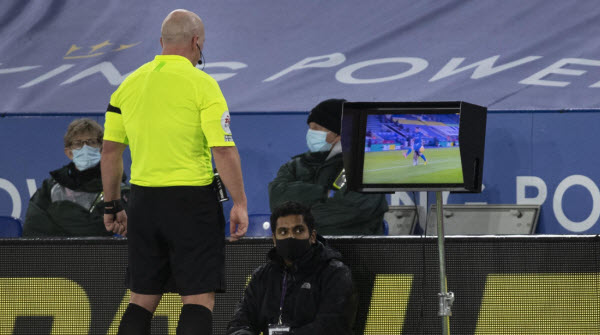The Video Assistant Referee (VAR) system is a crucial tool designed to support referees during football matches, aiming to ensure fair and accurate decisions. Managed by current or former referees, the VAR team operates from a video operations room where they monitor contentious moments on the field, such as penalty decisions or goal validity. After reviewing the footage, the VAR provides advice to the on-field referee, who then makes the final decision after viewing the event themselves. VAR is a consultative tool that corrects clear and obvious errors during play. Introduced in various tournaments since 2016, it was successfully implemented in the 2018 FIFA World Cup in Russia and has since been adopted in over 100 competitions worldwide .

The history of VAR dates back to early 2010 when the Refereeing 2.0 project, overseen by the Royal Dutch Football Association, began testing it during the 2012-2013 football season. The Dutch Football Association subsequently petitioned the International Football Association Board (IFAB) to amend the laws of the game to permit wider use of VAR. In 2016, IFAB approved these trials, although former FIFA President Sepp Blatter was initially opposed to the technology. However, his successor, Gianni Infantino, supported it. VAR was first used in a live setting in July 2016 during a friendly match between PSV Eindhoven and a Dutch club, and later in an international friendly between France and Italy. The first official professional match using VAR was in the KNVB Cup in the Netherlands on September 21, 2016. VAR was also used in the 2016 FIFA Club World Cup, and the Australian A-League became the first professional league to adopt it in 2017. Portugal was the first country to implement VAR in women’s football, and UEFA announced that VAR would be used in the UEFA Champions League starting from the 2019-20 season.

The VAR team consists of a primary referee known as the Video Assistant Referee (VAR) and three assistant referees: AVAR1, AVAR2, and AVAR3. All wear green shirts in the central video room, alongside three technicians in black shirts responsible for selecting and providing the best camera angles. The roles of these referees are as follows:
- VAR (Video Assistant Referee): Monitors the main camera feed on the upper screen, reviews incidents using a quad-split screen, and leads the team while communicating with the on-field referee.
- AVAR1 (First Assistant VAR): Focuses on the main camera feed and keeps the VAR informed about live broadcasts during incident reviews.
- AVAR2 (Second Assistant VAR): Handles offside situations, checking potential offside calls using semi-automated offside technology to expedite the review process.
- AVAR3 (Third Assistant VAR): Focuses on broadcasting feeds, assists the VAR in incident assessment, and ensures good communication with AVAR2.
The Referee Review Area (RRA) is a designated area with a screen allowing the on-field referee to review incidents and is located near the technical areas.
The VAR team supports decision-making in four specific scenarios during matches:
- Incidents leading to goals, such as potential offside.
- Penalty decisions and infractions
that require disciplinary action.
- Direct red card offenses (not second yellow cards).
- Incorrect player identity.
The VAR team operates from a centralized Video Operations Room (VOR), often within or near the stadium, providing access to all broadcast cameras through a fiber optic network. During the 2022 FIFA World Cup in Qatar, they had access to 42 cameras, including eight slow-motion and four ultra-slow-motion cameras. Slow-motion replays are used for specific situations, such as determining the point of contact in a foul, while standard replays address subjective decisions, like the severity of a foul or intentional handball. Additionally, VAR teams have access to semi-automated offside technology.

Throughout a match, VAR and AVAR referees automatically review every decision made by the on-field referee that falls under the four reviewable categories. If VAR finds no clear error, they inform the referee, known as a “silent check,” which does not require further action or delay. However, if VAR identifies a clear potential error, three possible scenarios arise:
- The decision is overturned based on VAR advice.
- A recommendation for an on-field review (OFR) is made.
- The referee may choose to ignore VAR advice.
The on-field referee has the authority to overturn a decision without an OFR when dealing with factual matters, such as a clear foul or a justified red card. The final decision rests with the referee, who can disregard VAR advice. OFR reviews are only conducted based on VAR recommendations, with the referee indicating an OFR by making a rectangular motion towards the video screen. The review takes place in the designated RRA, ensuring transparency. Once completed, the referee signals the decision and informs everyone of the final ruling.

To keep fans in the stadium and viewers on TV or mobile devices well-informed during the review process, FIFA has developed a VAR information system for broadcasters and commentators. A FIFA staff member updates them on the review process, including the reasons and outcomes, via a network-connected tablet managed by an operator in the VAR room. This system also generates graphical templates for television and stadium screens.
